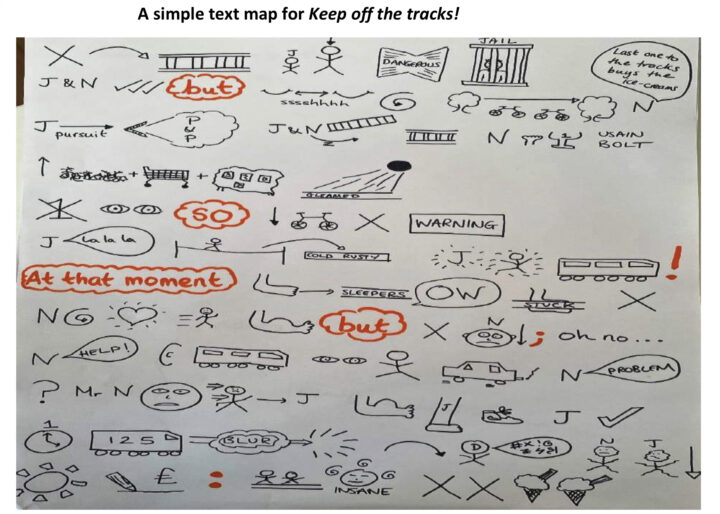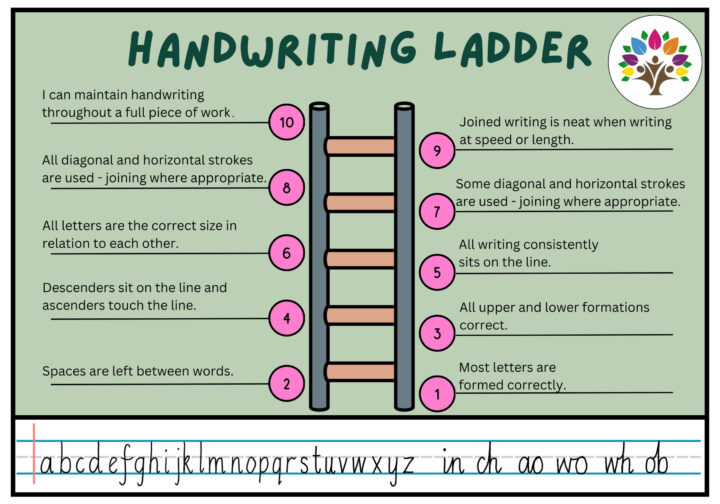Writing
At Mere Green, we are committed to ensuring every pupil will gain the knowledge and skills to write independently, creatively and with purpose. We have adopted Talk for Writing across school.
Talk for Writing enables all children to achieve and retain the skills to become proficient story tellers and writers. Texts are internalised throughout oral practice, in order to support all learners. It also gives opportunities for confident writers to flourish and use their own ideas and imagination, often based on their own reading. This approach enables children to read and write for a variety of audiences and purposes, moving from dependence towards independence.
Talk for Writing (talk4writing.com)
The Stages of Talk for Writing
First stage: Imitation
The teaching begins with a creative ‘hook’ to engage pupils into the writing stimulus. The model exemplar text is then learnt orally, and has the underlying, transferable structures and language patterns that students will need when they are writing built into it. The text is learned using a ‘text map’ and physical actions to strengthen memory and help students internalise the text.
This first phase is underpinned by rehearsing key vocabulary and grammatical patterns. Short-burst writing is used to practise the ‘tools’ children need to be successful in that piece of writing.

Second stage: Innovation
Once students are very familiar with the model text, the teacher leads them into creating their own versions. With younger pupils, this is based on adapting the text map and retelling new versions. Older students use boxed-up planners: the teacher demonstrates how to create simple plans and orally develop ideas prior to writing. Shared and guided writing is then used, concentrating on bringing all the elements together, writing effectively and accurately. Feedback is given during the lessons, utilising the iPads, so that students can effectively be taught how to improve their writing and make it more accurate. Teachers will also guide children to edit in pairs and independently, allowing students to contribute to the success of others.
Third stage: Invention (Independent application)
Students then have the opportunity to independently apply what has been taught and practised. Students are guided through planning, drafting and revising their work independently. With non-fiction genres, students will apply what they have been taught across the curriculum.
Our Writing Curriculum
Spoken language is a prerequisite to literacy; therefore oracy is at the heart of our writing curriculum. In every lesson, children are given the opportunity to experiment with language orally to enable them to ‘tune in’ to the style of the text.
This begins in Early Years, where children are immersed in a range of stories and nursery rhymes which they orally rehearse, explore and respond to. These foundations are built upon throughout our progressive Writing Curriculum which explores a variety of story types, non-fiction and poetry. We ensure progression each year by using the Talk for Writing Skills document, which includes all National Curriculum aims (see below). Each year, previous non-fiction and story types are revisited and built upon to ensure retention and progression. This enables children to make progress every year and thrive as writers: children will know more, remember more and do more.
Within our writing curriculum, we use technology to enhance effective teaching and scaffolding on the iPads.
Spelling, punctuation and grammar
Grammar and punctuation is embedded within units and taught in context for purpose and effect. Retrieval SPaG tasks are used throughout the week to ensure retention and to support ongoing assessment. Additionally, a weekly spelling focus is taught, practised and tested, using the online platform, Spelling Shed. Spelling is also taught explicitly in daily phonic lessons for children in EYFS and KS1; children encode new and previously taught sounds into words using ‘Fred Fingers’. See the ‘Phonics’ section of the website for more information.
Handwriting
We expect high levels of presentation across all pieces of work, and as such, we follow the Nelson handwriting scheme. We progressively teach children to form letters correctly using the following main joins:
· To letters without ascenders
· To letters with ascenders
· Horizontal joins
· Horizontal joins to letters with ascenders
Handwriting is promoted and assessed throughout the year using our bespoke handwriting ladder (below). This is to make the children aware of their next steps to become proficient in their handwriting.
In KS1, our books contain handwriting guidelines to support letter formation and presentation. In KS2, all children are given a handwriting pen, to promote pride and inclusivity for all writers.
In EYFS and during Read, Write, Inc phonic lessons, we teach letters using RWI phrases to support children to remember the correct letter formation. The RWI phrases for each letter are below.

